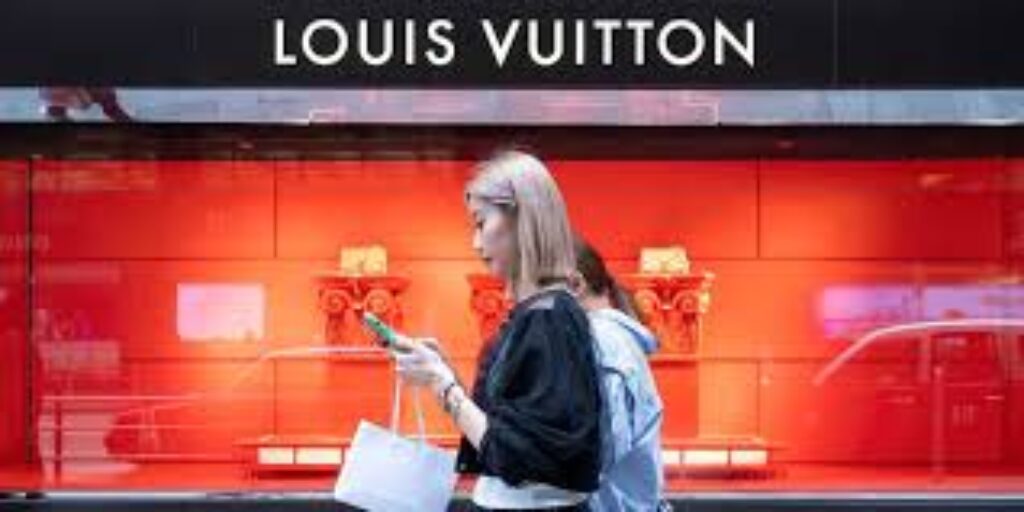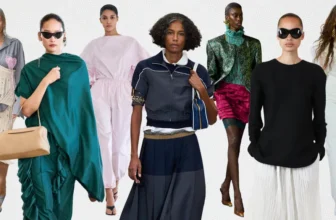
The US-China Trade Conflict: A Looming Threat to Luxury Fashion
The escalating trade tensions between the United States and China have cast a long shadow over the global luxury fashion industry. With tariffs reaching unprecedented levels and consumer confidence waning, luxury brands are grappling with a rapidly changing market landscape.?
Tariff Turmoil: A Double-Edged Sword
In April 2025, President Trump’s administration imposed sweeping tariffs on Chinese imports, with rates soaring up to 245% on finished goods . In retaliation, China levied 125% tariffs on U.S. products, including luxury items. This tit-for-tat escalation has disrupted established supply chains, leading to increased production costs and, consequently, higher retail prices for consumers.
Impact on Leading Luxury Brands

The repercussions of these tariffs are evident in the financial reports of major luxury conglomerates. LVMH, a bellwether in the sector, reported a 5% year-on-year decline in fashion and leather goods sales, missing market expectations . Similarly, brands like Hermès, Moncler, and Kering have experienced sales declines, attributed to weakened demand, especially among aspirational shoppers rather than the ultra-wealthy.
Ralph Lauren, despite an 11% revenue growth, saw a 7% drop in share prices, reflecting investor concerns over the broader economic implications . The luxury sector, valued at $350 billion, is facing significant challenges due to geopolitical instability and tariffs imposed by President Trump, particularly affecting key regions China and the U.S.?
China’s Economic Slowdown: A Double Blow
Beyond tariffs, China’s economic slowdown has further dampened luxury sales. In 2024, China’s luxury market faced a significant slowdown, primarily driven by reduced domestic spending due to low consumer confidence and increased tourist spending abroad . This trend has continued into 2025, with analysts predicting a flat market for the year.?
The “debut economy” initiative, aimed at stimulating consumption through exclusive events and product launches, has provided some relief. However, the overall impact has been limited, and many international luxury brands are reassessing their strategies in the region .?

Strategic Shifts: Navigating the New Normal
In response to these challenges, luxury brands are adopting new strategies to mitigate risks. Many are investing in U.S.-based distribution centers and third-party logistics (3PL) providers to circumvent high import duties . This approach allows brands to manage inventory more efficiently and reduce reliance on overseas manufacturing.
Additionally, some companies are focusing on enhancing their digital presence and direct-to-consumer channels to maintain engagement with their clientele. By leveraging e-commerce platforms and social media, brands aim to reach consumers more effectively and adapt to changing shopping behaviors.
Conclusion: A Pivotal Moment for Luxury Fashion
The US-China trade conflict has underscored the vulnerability of the luxury fashion industry to geopolitical and economic shifts. As brands navigate this tumultuous period, their ability to adapt to changing market dynamics will determine their resilience and long-term success. The current challenges may serve as a catalyst for innovation and strategic realignment, shaping the future of luxury fashion in a rapidly evolving global landscape.








